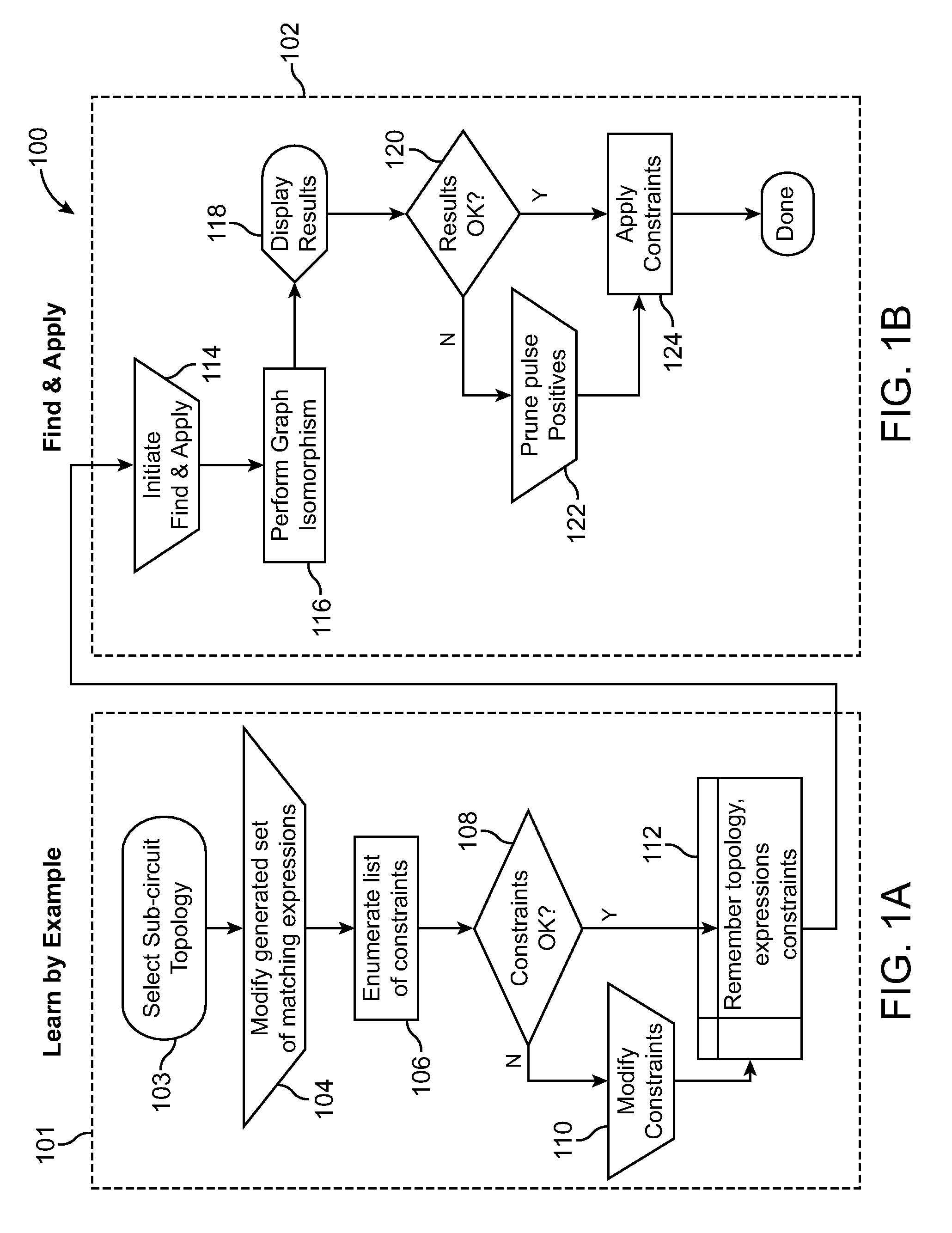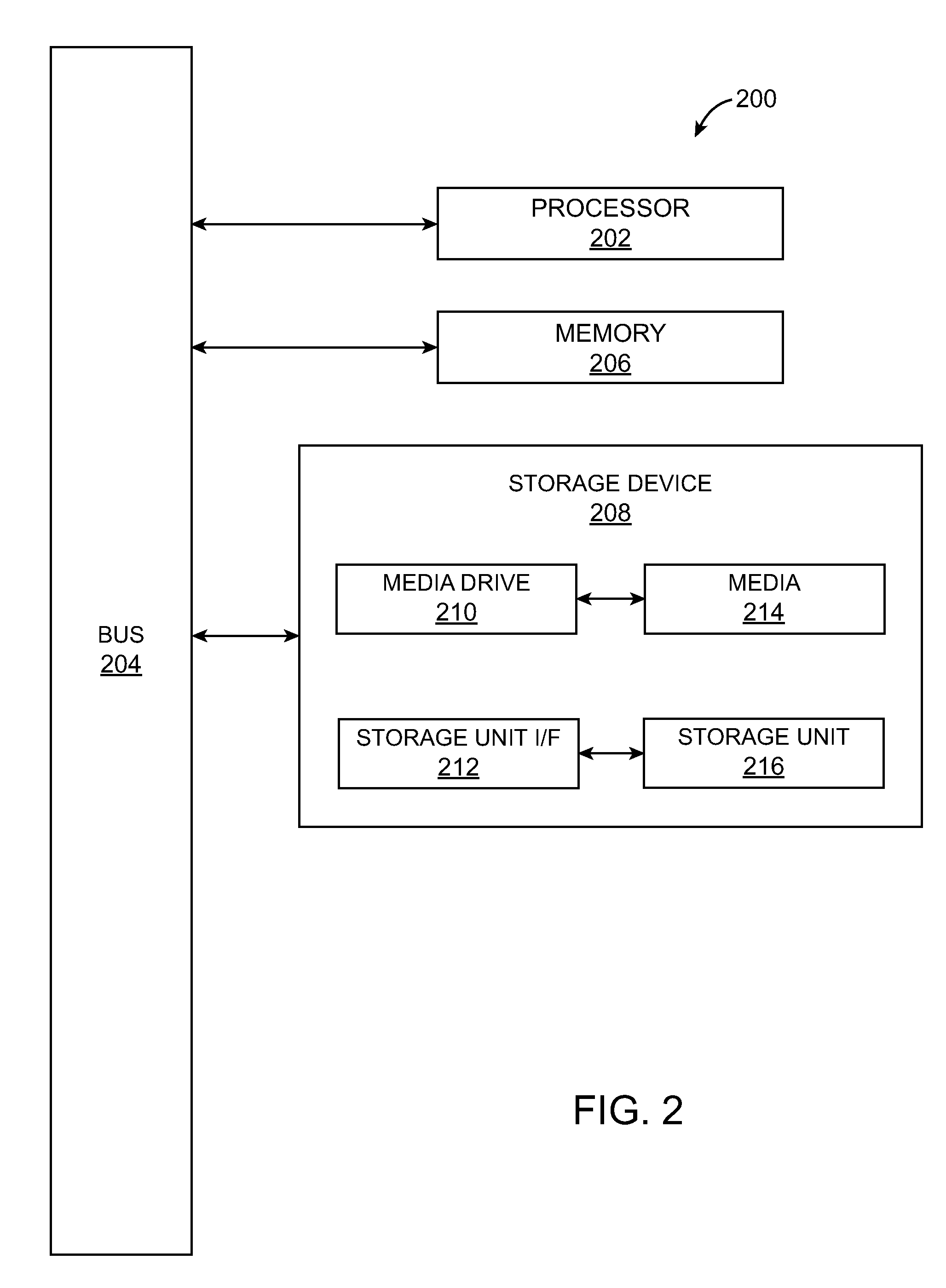System and method enabling circuit topology recognition with auto-interactive constraint application and smart checking
a topology recognition and automatic interaction technology, applied in the direction of symbolic schematics, instruments, cad techniques, etc., can solve the problems of inability to accurately create the large number of constraints and associated them with design objects in the first place, the complexity of the design and manufacturing process of today has significantly evolved in complexity, and the inability to enter and manage information manually
- Summary
- Abstract
- Description
- Claims
- Application Information
AI Technical Summary
Benefits of technology
Problems solved by technology
Method used
Image
Examples
Embodiment Construction
[0047]The following description is presented to enable any person skilled in the art to make and use a computer implemented system and method of interactive application of constraints to sub-circuits in a circuit design stored in a computer readable medium in accordance with embodiments of the invention, and is provided in the context of particular applications and their requirements. Various modifications to the preferred embodiments will be readily apparent to those skilled in the art, and the generic principles defined herein may be applied to other embodiments and applications without departing from the spirit and scope of the invention. Moreover, in the following description, numerous details are set forth for the purpose of explanation. However, one of ordinary skill in the art will realize that the invention might be practiced without the use of these specific details. In other instances, well-known structures and processes are shown in block diagram form in order not to obsc...
PUM
 Login to View More
Login to View More Abstract
Description
Claims
Application Information
 Login to View More
Login to View More - R&D
- Intellectual Property
- Life Sciences
- Materials
- Tech Scout
- Unparalleled Data Quality
- Higher Quality Content
- 60% Fewer Hallucinations
Browse by: Latest US Patents, China's latest patents, Technical Efficacy Thesaurus, Application Domain, Technology Topic, Popular Technical Reports.
© 2025 PatSnap. All rights reserved.Legal|Privacy policy|Modern Slavery Act Transparency Statement|Sitemap|About US| Contact US: help@patsnap.com



